Moses in America —— The Cultural Uses of Biblical Narrative
----- 美国的摩西:圣经叙事的文化用途
This book is about the representation of Moses and the Exodus narrative in three North American texts: Moses in Red by Lincoln Steffens; Moses, Man of the Mountain (1926), by Zora Neale Hurston (1939), and Cecil B. DeMille's film, The Ten Commandments (1956). It does not seek to judge the merits of these works, but rather to ask why and how they recast the biblical narrative as they did, and how their images of Moses were received. The study holds in tension the roles of producers and consumers, valuing both as interpreters and creators of the Moses story. Drawing on insights from cultural studies the books and the film are located in the âreligiousâ contexts of their day (e.g., in relation to changing attitudes to biblical interpretation and authority, and to popular movements within American religion) and in broader political frameworks (e.g., in relation to conflicts like the Cold War, or vis-a-vis ethnic or gender issues). In examining Steffens's, Hurston's and DeMille's Moses images, this book lays bare the dynamics involved in the afterlife of a figure who remains central to the identity of American civilization. It also argues that the scope of biblical studies should develop to embrace more fully, the critical study of popular culture and the ways in which âordinary peopleâ think about the Bible.
{{comment.content}}
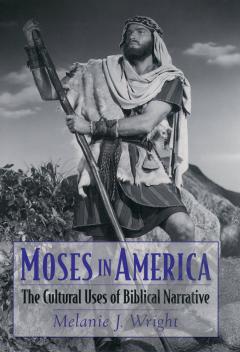

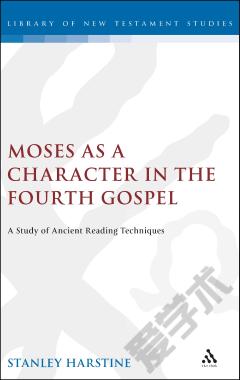
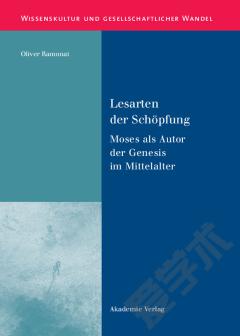
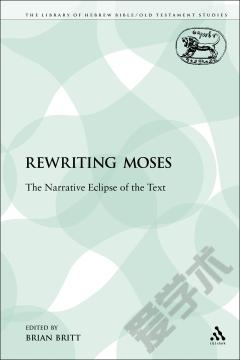

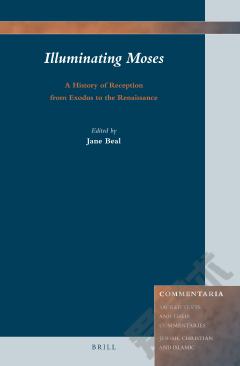

 京公网安备 11010802027623号
京公网安备 11010802027623号